Introduction: Why Every Guy Exercising Needs a Purposeful Strength Blueprint
For every guy exercising in pursuit of greater strength, endurance, and vitality, the path forward is more than a random sequence of workouts. It is a strategy, an evolving blueprint built on science, structure, and personal experience. The difference between a man who casually lifts weights and one who transforms his body and performance lies in the depth of his commitment and the clarity of his plan. Without direction, training can become stagnant, leading to plateaus, fatigue, and ultimately loss of motivation. But when built on principles of progressive overload, recovery, and intelligent periodization, a strength blueprint becomes the foundation for sustainable performance growth and resilience. In this guide, we’ll explore what it truly takes for any guy exercising with intent to build not just muscle, but enduring physical capability that adapts and thrives under pressure.
You may also like: The Ultimate 30-Day Workout Plan for Men Working Out in the Gym: Proven Full Body Strength Exercises to Maximize Results
The Scientific Foundations of Strength and Endurance
Before delving into routines and rep schemes, it’s essential to understand the physiological mechanisms that drive strength and endurance. Strength is primarily a function of neuromuscular efficiency and muscle cross-sectional area, while endurance is influenced by mitochondrial density, cardiovascular capacity, and metabolic flexibility. For any man exercising regularly, developing both attributes means training across multiple energy systems and muscle fiber types. Type I fibers support long-duration, low-intensity efforts, ideal for endurance, while Type II fibers, especially IIb, generate explosive power and rapid force.
These adaptations are not mutually exclusive but require nuanced programming. Concurrent training strategies can enhance both ends of the spectrum if managed properly—for example, pairing high-load, low-rep sets with lower-load, high-rep sets within the same microcycle. Hormonal responses also differ by training style. Testosterone and growth hormone surge in response to compound lifts under heavy loads, whereas endurance training enhances insulin sensitivity and capillarization. Therefore, a strength blueprint must align physiological goals with appropriate stimuli to be truly effective for the guy exercising to build a resilient, adaptable body.
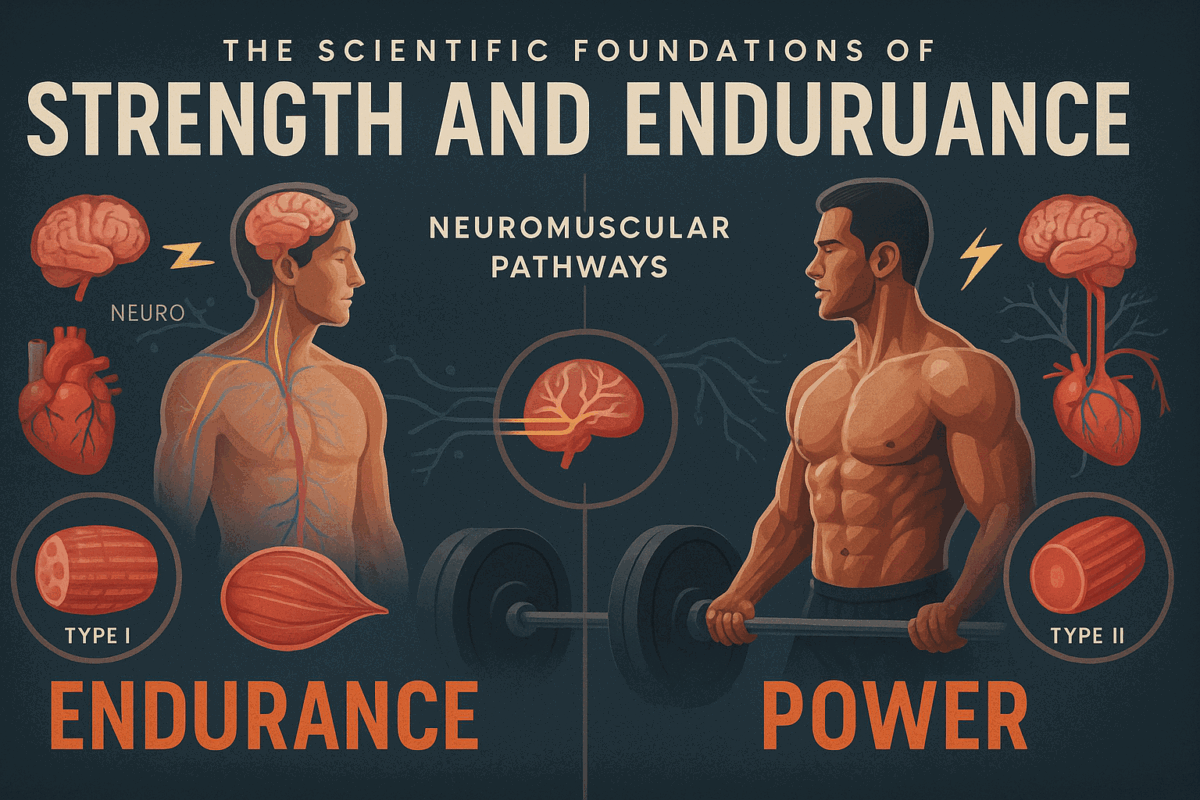
Periodization Strategies for the Modern Man Exercising
One of the most overlooked elements in training is periodization—the systematic variation of training variables over time. For the average guy exercising to improve strength and endurance, linear or undulating periodization offers a framework for sustainable progress without burnout. Linear periodization gradually increases intensity while reducing volume, ideal for beginners who need predictable structure. In contrast, undulating periodization varies intensity and volume within a single week, which is more suitable for intermediate to advanced lifters.
Block periodization segments training into mesocycles focused on distinct qualities: hypertrophy, maximal strength, and power development. This modular approach allows a man exercising regularly to focus on one performance trait at a time, maximizing gains through specificity. Within each cycle, deload weeks are essential to promote recovery and neural adaptation. By cycling through various training emphases, the nervous system and musculoskeletal system are challenged in fresh ways, preventing stagnation. Ultimately, periodization provides the strategic architecture needed to turn short-term effort into long-term transformation.
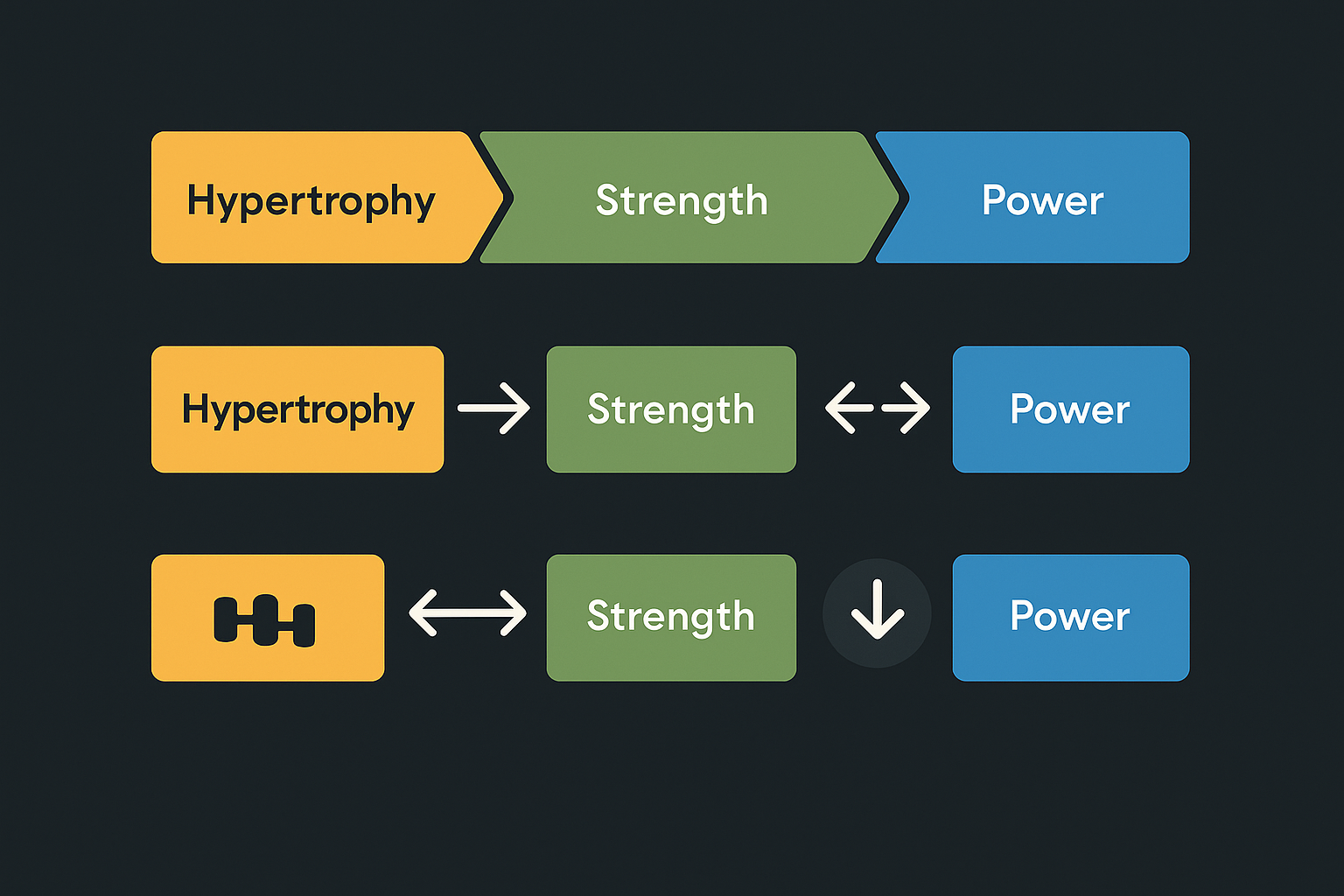
Essential Compound Movements for Every Guy Exercising
Compound movements are the cornerstone of effective strength training because they engage multiple joints and muscle groups simultaneously. For the guy exercising to build foundational strength, these lifts should dominate the training plan. The barbell back squat develops total lower-body power and core stability, while the deadlift fortifies the posterior chain, including the glutes, hamstrings, and spinal erectors. Bench pressing and overhead pressing build upper-body pressing strength, targeting the chest, shoulders, and triceps.
Pulling exercises are equally vital. Pull-ups, bent-over rows, and face pulls develop scapular stability and back thickness, correcting postural imbalances common in sedentary lifestyles. Olympic lifts like the clean and jerk or snatch may also be introduced in later stages for power development, provided that proper coaching is available. While isolation exercises can refine aesthetics, it is the compound movements that deliver the neurological and hormonal stimulus necessary for systemic growth. Mastering these lifts not only enhances strength and endurance but also carries over to daily functional tasks and athletic performance.

How a Guy Exercising Can Balance Strength and Cardio for Peak Endurance
Many men face a dilemma: how to balance strength training with cardiovascular conditioning without compromising either. The key lies in understanding the principle of interference and managing it through intelligent programming. For a guy exercising with dual goals, separating strength and cardio sessions by at least six hours or placing them on alternate days can mitigate interference. This allows the central nervous system to recover from one stimulus before tackling another.
Steady-state cardio, such as cycling or rowing, enhances aerobic base and aids recovery without excessively taxing the nervous system. High-intensity interval training (HIIT), though more demanding, improves anaerobic capacity and VO2 max when performed sparingly. Strategic placement of HIIT—such as after strength sessions on low-volume days—can amplify fat oxidation without undermining muscle retention. Monitoring heart rate variability (HRV) and resting heart rate can help adjust intensity and volume based on recovery status. Through careful orchestration, a man exercising for peak performance can enhance both power and endurance, creating a more versatile and capable physique.
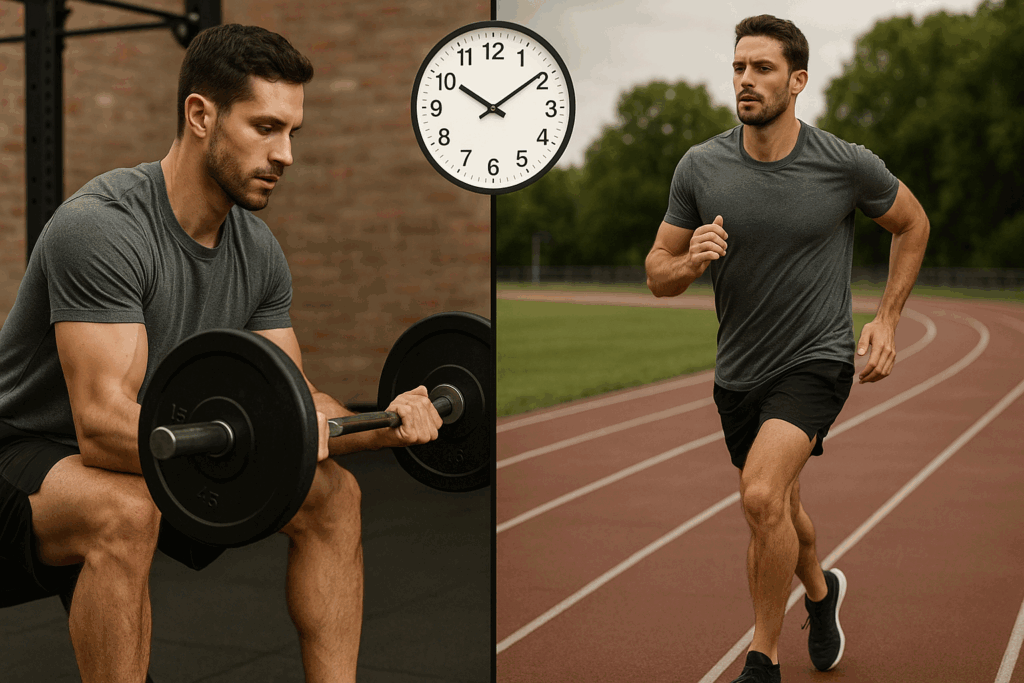
Nutritional Strategies to Fuel Power and Endurance
Training without nutritional support is like building a house with no foundation. Macronutrient balance, meal timing, and hydration all influence performance outcomes for the guy exercising consistently. Protein intake should be prioritized, with 1.6 to 2.2 grams per kilogram of body weight supporting muscle protein synthesis and recovery. High-quality sources like lean meats, eggs, dairy, and legumes ensure a steady stream of amino acids.
Carbohydrates provide the primary fuel for resistance training and high-intensity intervals. Complex carbs such as quinoa, brown rice, and sweet potatoes offer sustained energy, while simple carbs around workouts can replenish glycogen more rapidly. Healthy fats—from avocados, nuts, and olive oil—aid hormone production and cellular health. Micronutrients, particularly magnesium, zinc, and vitamin D, support energy metabolism, nervous system function, and immune resilience.
Hydration must not be overlooked. Even slight dehydration impairs strength and endurance by reducing plasma volume and thermoregulatory efficiency. Electrolytes become especially important during longer or sweat-intensive sessions. Supplements like creatine monohydrate, beta-alanine, and caffeine can also enhance strength and endurance if used judiciously and in alignment with training demands. Fueling is not just a support function—it is a performance amplifier.
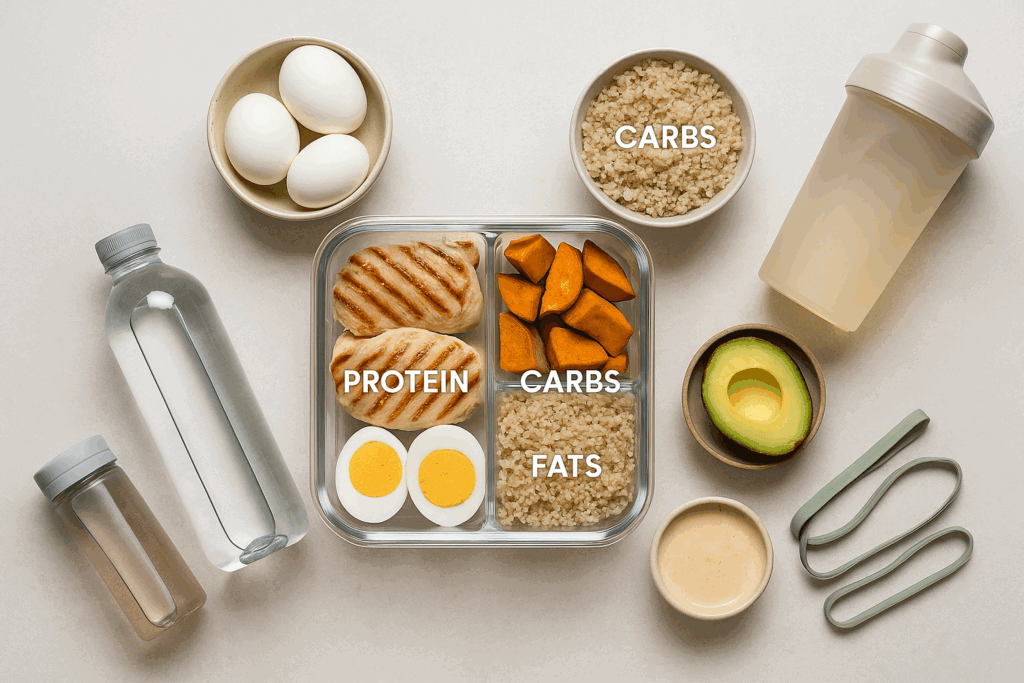
Recovery and Adaptation: The Secret Weapon for Every Guy Exercising
The gym may be where effort is applied, but progress is made during recovery. Without adequate rest, a man exercising intensively can quickly spiral into overtraining syndrome, marked by fatigue, irritability, insomnia, and performance decline. Sleep is the most powerful recovery tool, with seven to nine hours per night allowing for muscle repair, hormone regulation, and neural reset.
Active recovery strategies such as foam rolling, dynamic stretching, and low-intensity movement promote circulation and reduce DOMS (delayed-onset muscle soreness). Periodic deload weeks—where volume and intensity are deliberately reduced—allow the body to supercompensate and come back stronger. Cold exposure, contrast showers, and massage therapy can also improve parasympathetic tone and recovery speed.
Psychological recovery is equally crucial. Meditation, nature exposure, and social interaction reduce cortisol and mental fatigue, replenishing the emotional bandwidth needed for consistent training. The guy exercising regularly must view recovery not as an optional luxury but as a strategic pillar of strength and endurance development. Without recovery, even the most sophisticated program will eventually fail.

Building a Mental Framework for Long-Term Success as a Guy Exercising
Mental resilience underpins physical transformation. For a guy exercising with ambitious goals, cultivating a growth mindset can sustain progress through inevitable plateaus and setbacks. This mindset recognizes that abilities are developed through effort and learning, not fixed traits. Journaling, goal setting, and reflection enhance self-awareness and reinforce commitment to process over outcome.
Visualization and affirmations prime the brain for success by aligning internal belief with external behavior. When a man visualizes himself hitting a personal record or completing a grueling session, he enhances neural efficiency and emotional regulation. Developing rituals—such as pre-workout routines or motivational cues—creates consistency and lowers psychological resistance to training.
Accountability is another force multiplier. Whether through coaching, training partners, or digital communities, shared goals create social pressure and motivation. Celebrating small wins, reframing failures as learning, and periodically reassessing priorities keep the training journey dynamic and fulfilling. Ultimately, the most important muscle a guy exercising can strengthen is his mindset.
Equipment and Environment: Tools That Empower the Guy Exercising
While strength is not built by equipment alone, the right tools can accelerate progress. A quality barbell, squat rack, bench, and adjustable dumbbells form the core of any effective home gym setup. Resistance bands, kettlebells, and suspension trainers add versatility for mobility work and accessory lifts. For a guy exercising at a commercial gym, understanding how to use machines to complement free weights expands training options without compromising results.
Environmental factors also shape performance. A well-lit, ventilated, and clean space enhances focus and comfort. Music with a steady rhythm can regulate pacing, while a clutter-free layout reduces distractions and risk of injury. Clothing, footwear, and gear should support performance and safety—flat shoes for lifting, moisture-wicking fabrics, and supportive belts or sleeves when appropriate.
Tracking tools such as training logs, fitness apps, and wearable devices offer real-time feedback on effort, sleep, and recovery. These data points allow for evidence-based adjustments and long-term insight. For the man exercising to improve across multiple domains, a well-equipped environment can serve as a sanctuary for discipline, effort, and self-mastery.
Strength Progression Models That Work for Every Man Exercising
Progressive overload is the engine of strength development. But not all progression is linear, and for the guy exercising consistently, understanding different progression models is key to avoiding stagnation. Linear progression works well for beginners, increasing weight each session as adaptation allows. However, intermediate and advanced lifters require more nuanced approaches.
Wave loading alternates between higher and lower intensities across microcycles, stimulating neural and muscular adaptation without overtaxing the system. Double progression—increasing either reps or load within a set rep range before adjusting the other—offers flexibility and control. Autoregulatory strategies like RPE (rate of perceived exertion) or velocity-based training adjust load in real-time based on daily readiness, enhancing safety and efficiency.
Tracking total volume (sets x reps x load) and ensuring gradual increases over weeks or months aligns long-term progress with physiological capability. Incorporating testing phases, such as mock meets or rep max challenges, allows a man to celebrate progress and recalibrate goals. Every man exercising should aim for progression, not perfection, understanding that strength gains accumulate like compound interest over time.
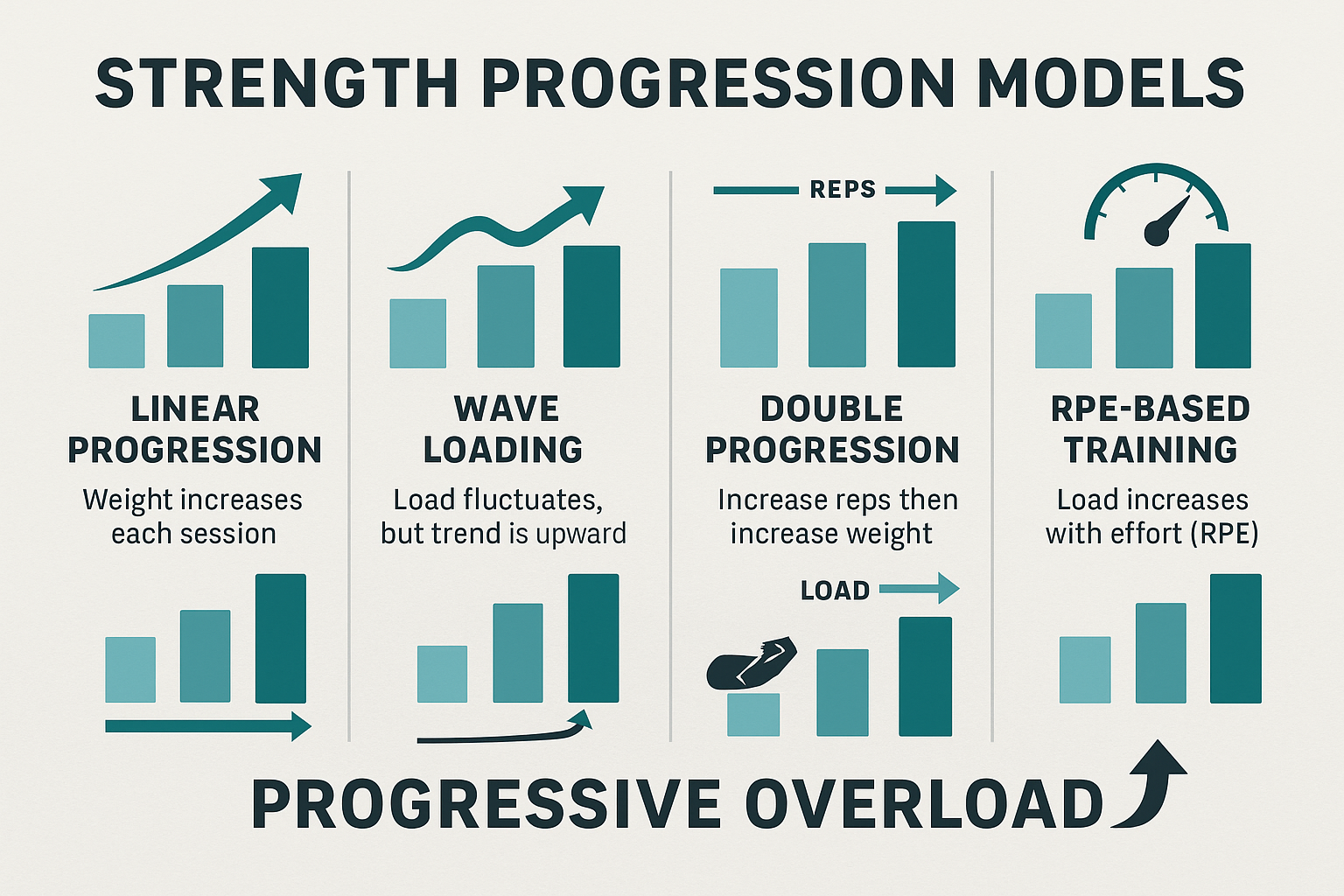
Three Real-World Case Studies: How Smart Training Transforms the Guy Exercising
Consider David, a 32-year-old software engineer who began exercising to combat stress and poor posture. By integrating strength training three days a week with moderate cardio and a focus on mobility, David increased his deadlift from 185 to 365 pounds over two years while dropping body fat and improving his confidence. His plan was not extreme but consistent, driven by small, well-executed changes.
Next is Jason, a former collegiate athlete returning to training in his 40s. Jason used block periodization, alternating phases of hypertrophy, strength, and conditioning. He built lean mass, regained functional movement, and ran a sub-60-minute 10K while maintaining a 405-pound squat. His success stemmed from respecting recovery, adapting expectations, and training smarter, not harder.
Finally, there’s Marcus, a 24-year-old fitness enthusiast who transitioned from aesthetic bodybuilding to performance-oriented training. He implemented Olympic lifts, hill sprints, and sport-specific drills alongside traditional strength work. Over time, he gained not only muscle but agility, coordination, and mental resilience. These case studies show that for every guy exercising, smart programming and personal ownership can unlock life-changing transformation.
Frequently Asked Questions: The Ultimate Strength Blueprint Every Guy Exercising Needs to Build Power and Endurance
1. What Are Some Common Mistakes a Guy Exercising Often Makes When Starting a Strength Program?
A common mistake among those new to strength training is prioritizing intensity over technique. A guy exercising without first mastering proper form risks injury and limits long-term progress. Another error is training without a structured program, which leads to inconsistent results and plateaus. Overlooking recovery is also frequent—without sufficient rest and proper nutrition, the body cannot adapt or grow. Lastly, many underestimate the mental demands of consistent training, failing to establish habits that support sustainability and progression.
2. How Can a Guy Exercising Track Progress Beyond the Scale or Mirror?
While aesthetic changes can be motivating, they don’t capture the full picture. Strength progression is more accurately measured through performance metrics like increased reps, heavier lifts, improved range of motion, and enhanced endurance during compound movements. A guy exercising regularly should also track resting heart rate, energy levels, and how well he recovers between sessions. These indicators reflect systemic improvements in cardiovascular and neuromuscular health. Journaling workouts and using digital trackers can provide valuable insights into trends and training effectiveness.
3. Is Mobility Training Essential for Every Man Exercising for Strength?
Yes, mobility training is critical for injury prevention and long-term joint health. A man exercising regularly often overlooks flexibility and joint stability, which are essential for safe movement under load. Enhancing mobility allows for better lifting mechanics, reduces compensatory movement patterns, and can improve recovery time. Techniques such as dynamic stretching, foam rolling, and controlled articular rotations (CARs) are effective tools. Incorporating just 10 to 15 minutes of targeted mobility work into a warm-up or recovery routine can greatly enhance performance.
4. What Supplements Actually Benefit a Guy Exercising for Strength and Endurance?
Despite the hype surrounding many supplements, only a few have strong scientific backing. Creatine monohydrate is well-researched and consistently shown to enhance power output, muscle mass, and high-intensity performance. Beta-alanine supports muscular endurance by buffering lactic acid. A man exercising at a high intensity may also benefit from caffeine, which can improve focus and reduce perceived exertion. Protein supplements, particularly whey or plant-based isolates, can help meet daily intake requirements, especially when food access is limited. It’s important to choose third-party tested products to ensure purity and safety.
5. How Should a Guy Exercising Structure Rest Days for Maximum Benefit?
Rest days are not passive or wasted; they are opportunities for active recovery and physiological adaptation. A guy exercising intensely should structure rest days to include light activity like walking, swimming, or yoga to promote circulation and reduce muscle tightness. Sleep quality should be a focal point, as deep sleep enhances hormonal recovery and tissue repair. Nutritional support during rest days should remain high, especially protein intake, to continue muscle protein synthesis. Additionally, rest days provide a mental reset, preventing training fatigue and sustaining motivation.
6. Are There Specific Training Techniques That Help a Man Exercising Break Through Plateaus?
Yes, incorporating advanced training techniques can reignite stalled progress. For a man exercising consistently but plateauing, methods like drop sets, cluster sets, and paused repetitions introduce new stimulus to the muscles and nervous system. Periodic testing and recalibration of one-rep maxes help realign training intensity with current capacity. Introducing tempo variations (e.g., slow eccentrics) enhances time under tension and motor control. Changing exercise variations—like switching from a barbell squat to a front squat—can also challenge stability and improve neuromuscular coordination.
7. What Lifestyle Changes Enhance the Results of a Guy Exercising Daily?
Training is only one part of the equation. A guy exercising daily will see the best results by aligning his lifestyle with his physical goals. Prioritizing sleep hygiene, managing stress through mindfulness practices, and reducing alcohol intake can all significantly enhance recovery and hormonal balance. Nutrition planning, such as meal prepping and timing macronutrients around workouts, further supports strength gains. Additionally, building a routine that integrates mobility work, social support, and periodic downtime improves mental resilience and adherence.
8. What Role Does Mental Conditioning Play for the Man Exercising Consistently?
Mental conditioning is crucial for long-term success and performance enhancement. A man exercising with purpose must cultivate focus, discipline, and emotional regulation, particularly during high-stress periods or challenging training blocks. Techniques like visualization, positive self-talk, and mindfulness meditation can sharpen mental resilience. Maintaining a growth mindset allows him to view setbacks as opportunities for learning rather than reasons to quit. Ultimately, psychological skills training reinforces consistency and maximizes effort under pressure.
9. How Can a Guy Exercising Adapt His Training During Travel or a Busy Work Schedule?
Adaptability is key to sustaining progress during unpredictable life circumstances. A guy exercising through a hectic schedule should rely on minimalist workouts using bodyweight, resistance bands, or compact equipment like suspension trainers. Short, high-intensity sessions focused on compound movements can maintain strength and cardiovascular capacity. Planning ahead by researching hotel gyms or scheduling workouts as calendar appointments increases follow-through. Remote coaching apps or digital workout libraries also offer guided structure with built-in accountability. Flexibility in programming ensures consistency, even when the environment changes.
10. Is Group Training or a Training Partner Beneficial for the Average Man Exercising?
Absolutely. Training with others introduces accountability, motivation, and often more enjoyment. A man exercising with a partner or in a structured group class is more likely to push past comfort zones, maintain consistency, and stay focused. The social dynamic can also reduce perceived effort, making intense sessions more manageable. Furthermore, learning from peers and sharing insights fosters a culture of continuous improvement. Whether in person or virtually, social support is a powerful tool in achieving lasting fitness outcomes.
Conclusion: Redefining Success for the Guy Exercising with Purpose
In an era of quick fixes and overnight transformations, it takes vision and discipline to follow a true strength blueprint. But for the guy exercising with long-term goals in mind, this journey is far more than physical. It becomes a way of life—an evolving relationship between body, mind, and intention. Building power and endurance isn’t about extremes or perfection, but about consistency, strategy, and adaptability.
The principles outlined in this guide—from periodization and compound lifting to nutrition, recovery, and mental conditioning—create a framework that any man can customize. By integrating these into a coherent plan, each training session becomes a step toward mastery. The metrics of success shift from how you look in the mirror to how you perform, recover, and feel in your own skin.
Ultimately, the ultimate strength blueprint is not a rigid plan, but a dynamic process guided by science, feedback, and personal evolution. For every guy exercising with the courage to invest in that process, the rewards transcend reps and records. They include confidence, resilience, clarity, and the satisfaction of knowing you built something strong and lasting—from the inside out.





